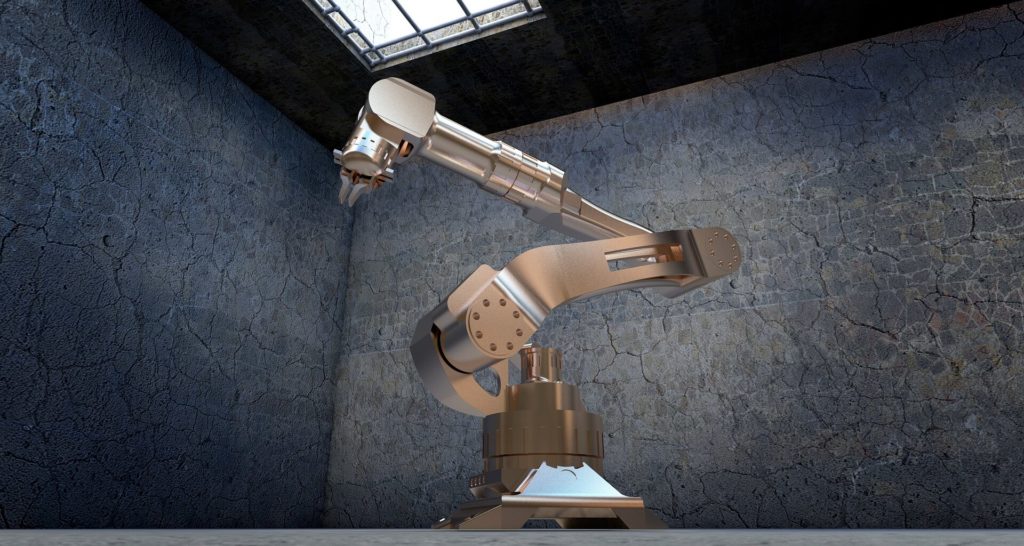Your Health, Objectively. Treating Everyone Right.
This week is the third and final part of a podcast series on Total Joints – Shoulder, Knee, and Hip! The panel explores Robotic Assisted Total Hip Replacements. Wait a minute … what did you say?
Robotic Assisted Hip Replacements are quickly becoming the norm for patients set to undergo complex arthroplasty procedures. Assisted by robotic arms, advances in the medical field and the technologies associated now make it possible for surgeons to perform these types of procedures with surgical precision. Our friends and partners over at Optimotion Orthopaedics in Orlando, Florida break it all down for you here.
Now, before you go jumping to conclusions, it’s important to know that there is always a surgeon by your side through the entire robotic assisted procedure. Your doctor is involved in every aspect from start to finish. And for those faint of heart, conventional techniques are still practiced frequently.
Today’s podcast seeks to introduce the different procedures (i.e. conventional vs. robotic assisted) to help our patients better understand the differences in techniques and identify the typical candidates for each. Our special guest panel will clearly outline some of the basic knowledge and details that you need to take more control over your healthcare needs. Experts include:
- Dr. Rick Lehman, Director of U.S. Center for Sports Medicine + CEO LehmanHealth
- Dr. Nam Dinh, MD, Optimotion Orthopedics (Orlando, FL)
- Talha Riaz, PT, CORA Spine Care Center (Orlando, FL)
What is Robotic Assisted Total Hip Replacement (THR) Surgery?
Robotic assisted hip surgery is a minimally invasive surgical procedure that involves the use of a specialized robotic system to remove the damaged parts of a hip joint and replace them with an artificial prosthesis or implant. In this podcast, you will learn about the many benefits of robotic assisted surgery including, but not limited to:
- Small surgical incisions and postsurgical scar
- Less bleeding
- Fast healing
These are just a few of the benefits along with a handful of others. The panel will also discuss some of the risks associated with these types of procedures and talk about what the whole process typically looks like for patients.
Are You a Candidate for the Robotic Assisted THR?
Watch the video below to learn more about the usual signs and symptoms of THR patients. Or, if you’ve already determined that you are a candidate for surgery, it’s highly recommended that you speak with your doctor who can appropriately assess your needs and be able to clearly outline your options. Regardless, the goal of this session is to educate so that you can leave it feeling like an expert!
We want to help you feel more confident in knowing all of your options so that you can gain a greater sense of control over your long-term health. From start to finish, Dr. Richard Lehman (podcast host), Dr. Nam Dinh of Optimotion-Orthopedics and Talha Riaz, PT at CORA Physical Therapy engage in fun and informative dialogue to provide detailed accounts and step-by-step perspectives from real patient experiences.
Advantages of a Robotic Assisted Procedure, Potential Complications, and Post-Operative Physical Therapy
Part 2 of the panel picks up talking about the different approaches and phases of post-op rehabilitation under close watch of your doctor and physical therapist. Plus, learn more about some of the advantages of robotic assisted vs. conventional replacement procedures, including potential complications. The discussion concludes by offering insights into the results patients can expect as a byproduct of each procedure.
CORA is in your corner with experienced partners, larger networks, and the resources available to deliver exceptional care to you — and uniquely for you!

